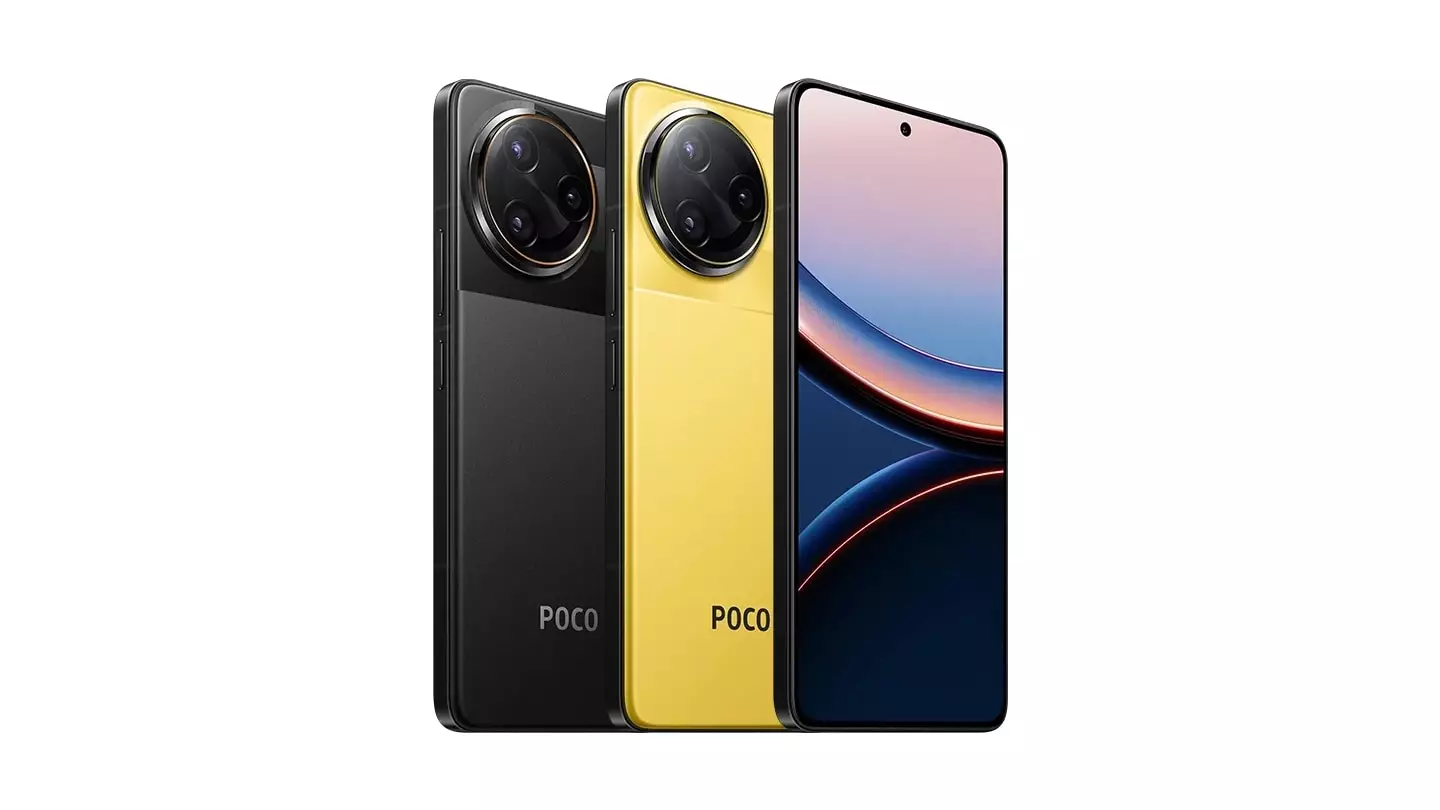With the smartphone market being as crowded and competitive as it is, the Poco F7’s impending arrival has sparked a buzz, indeed one that straddles the line between excitement and skepticism. Set to launch possibly as early as mid-June, its synchronized release in India and select global markets raises eyebrows. Smartphone manufacturers often hype their releases with promises of innovation, yet this time, the only thing that appears to resonate is déjà vu. Is the Poco F7 poised to be a game-changer, or does it risk becoming another derivative piece in the sea of smartphones?
Specifications That Echo Previous Models
When dissecting the leaked specifications, the Poco F7 boasts numbers that would normally sound exhilarating. The integration of the Snapdragon 8s Gen 4 SoC, up to 16GB of RAM, and a staggering 512GB storage capacity gives it commendable potential on paper. But here lies the rub: the specifications mirror the existing models in Xiaomi’s portfolio, with whispers indicating that it’s closely akin to the Redmi Turbo 4 Pro, which was launched earlier in China. While the hardware sounds formidable, it raises the question—are we merely witnessing the return of the same technology under a different moniker, or is there genuine substance in this launch?
The Display Dilemma: Same Old Song
Diving deeper into the device’s features, the 6.83-inch 1.5K flat LTPS OLED display with a 120Hz refresh rate is appealing, but is it anything new? Hardly. Many manufacturers have employed similar display technology, and users may find themselves craving innovation over mere refinement. The IP68+IP69 ratings for resistance against dust and water give it an impressive edge, but such ratings are becoming standard across many premium devices. In a saturated market, the question arises: can these features truly lure in consumers seeking something beyond just a number game?
Optics and Battery: A Mixed Bag
The camera setup remains relatively modest, with a dual rear camera comprising a 50-megapixel primary sensor and an 8-megapixel secondary. Though this configuration will likely satisfy everyday users, enthusiasts might not find enough allure to overshadow the competition. Meanwhile, the battery specifications seem to tell another story. While the Indian version packs a commendable 7,550mAh battery, contrasting with the 6,550mAh global variant, are these figures impressive or simply indicative of a lack of effective innovation in software optimization? Quick charging at 90W is a redeeming feature, yet it begs the inquiry—how many smartphones need yet another fast-charging spec to catch consumer attention?
In an industry where differentiation is crucial, the Poco F7 carries both promise and peril. Innovative releases are few, and when the market becomes saturated with what feels like an endless loop of similar specs and features, consumer apathy is a real concern. Rather than merely replicating existing achievements, brands must push the envelope to create groundbreaking user experiences. The Poco F7’s success might hinge on its ability to break free from the shadows of earlier models and define its own standout identity in a sea that increasingly becomes homogenous. Only time will reveal if it has the mettle to do so.

